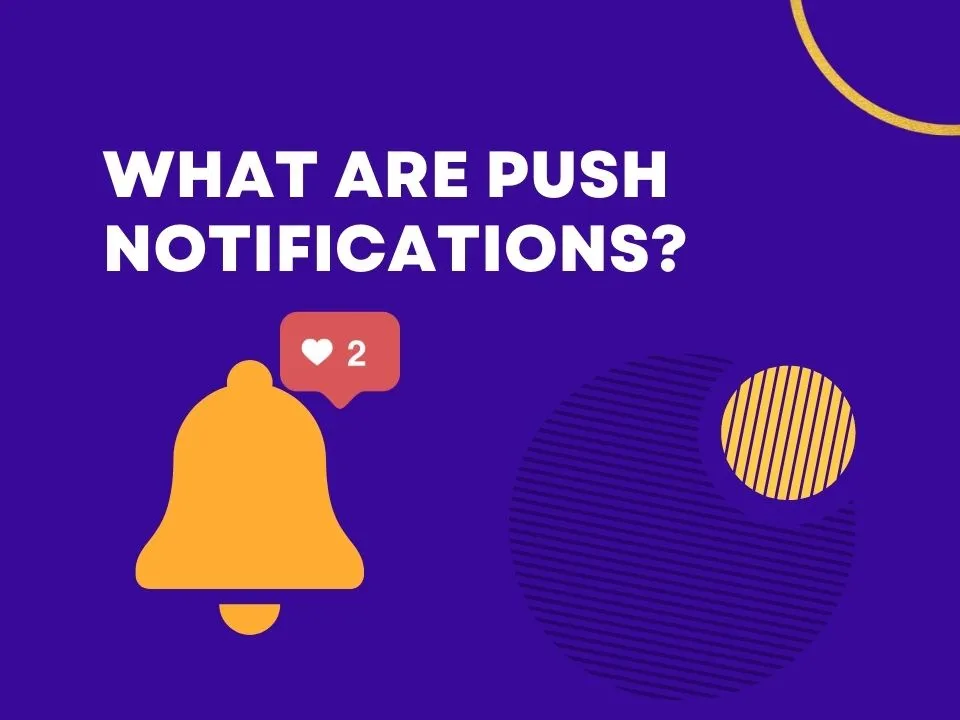Push notifications are pop messages sent by a specific mobile app or a website on a mobile device even when the app is closed. These notifications are key tools to get users’ attention and can be helpful to inform the user about reminders and updates. A very common example of a push notification is the notification coming from YouTube about a new video on a channel to which you have subscribed.
Push notifications can have a title, short message, image, URL, logo, some action attributes, or an emoji. They can also look different on different platforms and can be useful for an increase in repeated visits of a user.
The concept of Push notifications was first introduced in 2009. Although, it has been only 13 years, they are now a very important aspect of the customer engagement. Push notifications were first introduced by Apple and were called as Apple Push Notifications.
Have a look at this image given below:

Push Notifications are a powerful tool that can reach a user at any time, whether the app is opened or not.
Different types of push notifications (Based on the device)
Web push notifications: Web push notifications are communications pop-up messages sent to a user on a browser through the desktop web or mobile web. They simply slide in at the top or bottom right-hand side of the screen. This is dependent on the operating system being used. These notifications are delivered on a user’s desktop or mobile screen when they are active not necessarily they are active on your website.
Web push notifications are comparatively easy to build. People with less technical background can also make web push notifications for their websites.
Mobile Push Notifications: These are the push notifications triggered from the installed app on the user’s mobile device. These types of notifications are not very easy to build and require expertise in computer programming.
These Push notifications can be displayed on the lock screen, banner, and the notification center. Interestingly, IOS does not allow companies to send push notifications until the users agree to receive them.
Desktop Push Notifications: Desktop Push Notifications appear on your desktop screen. They are triggered by the products you have installed on your desktop. Just like the mobile app push notifications, and desktop push notifications are difficult to build as it requires a massive amount of technical knowledge.
Push notifications on wearable devices: Nowadays, push notifications are also sent on wearable devices. For example, people wearing smartwatches are also able to receive notifications on their smartwatches. These devices allow the mobile apps to send the notifications directly on them as they are synchronized by the user’s mobile phone. However, the display style of push notifications on the wearables may vary from the mobile phones, as there is a huge difference between the screen sizes.
Types of push notifications (Based on the notification type)
Marketing Push Notifications: These types of notifications are not very essential for the users. They are just sent to the users with the goal of retention improvement. Marketing Push notifications can include messages about fresh deals or special offers.
Transactional Push notifications: Transactional Push notifications are messages containing the necessary information for the users and are expected by them. They may have the information about payment status, updates about an order delivery or confirmation.
Precautions to be taken while sending push notifications to the users
Push notifications should not be irrelevant and must add some value. The users are very sensitive about the value of a push notification. Most users find a push notification to be annoying. You must consider that every user using your services is valuable. If your users unsubscribe from your services, they will never come again. You should also be aware that the notifications are not being sent randomly to the whole user base. If it happens, the users will lose trust in your services.

